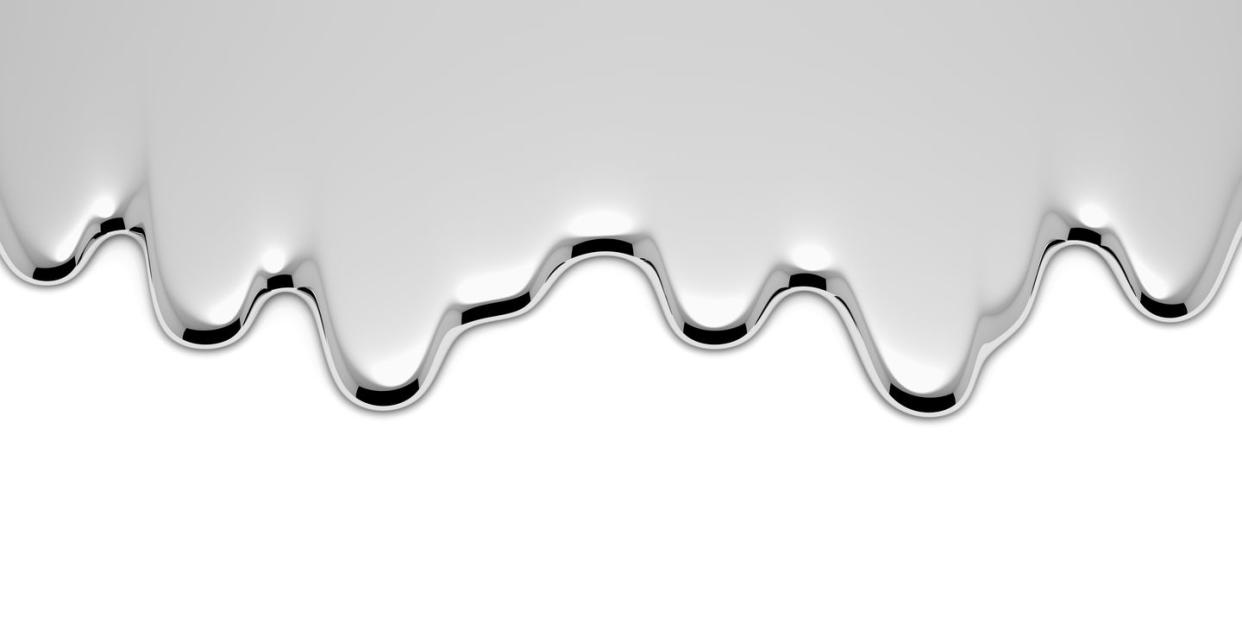Pressure Cooking Metals Makes Them Melt Faster

Aluminum and magnesium are among the “many” metals that melt at lower temperatures under extremely high pressure.
The results came from a quantum computer simulation, but model real materials elsewhere in space.
Extreme melting, like that of silicon, is a cutting-edge materials science with many potential applications.
Scientists at Brown University have found that many metals, including widely used ones like aluminum, have lower melting points under extreme pressure, a behavior called reentrant melting. They discovered the melting behaviors by running simulations using a quantum mechanical computer.
Futurity reports that the simulation’s results surprised the scientists themselves. They tested at pressure levels that they say can’t ever be achieved on Earth—this is cosmology-level simulated pressure that scientists wouldn’t observe unless they sought it out using a simulation.
These scientists were partly motivated by a body of research that showed alkali metals in particular behaved strangely under pressure, an idea that dates back not “just” to 1970 but to 1926. If pressure itself collapsed alkali metals from solids into liquids, were they even metals at all? Did their behavior under extreme pressure point to a then-wild idea of a “quantum state”?
Because of this special attention to alkali metals, the Brown scientists were surprised to find that the pressure-linked changes in melting behavior was true of at least some other metals, too. Alkali metals represented the lowest pressure level for changed melting behavior at 30 gigapascals, on a scale where Earth’s surface pressure is about 0.0001 gigapascals. Venus, the densest planetary atmosphere in our system, has just 0.009 surface gigapascals.
By comparison, the pressure inside a neutron star is in the septillions of gigapascals, so these liquid cases likely occur in nature around the universe. Their existence shows something interesting, which is that the liquid forms of these metals are denser than their solid forms. This is common in substances that are naturally liquids.
Water is denser than ice, even though ice freezes to a larger volume. This is why ice floats. In a hypothetical high-pressure potassium float, the solid potassium would float on the surface of the liquid potassium, too. At high pressure, normally liquid mercury becomes a solid that’s denser than the liquid form, so the mercury cubes would sink to the bottom of the glass.
A solid metal that you squeeze (with galactic high pressure, of course) until it becomes a liquid seems like a parlor trick, like oobleck in reverse. One of the study’s authors told Futurity the finding isn’t just an abstract surprise in a vacuum, because it could have ramifications for our expectations and suppositions about the cores of other planets.
Arthur C. Clarke supposed that the incredibly pressurized carbon at the core of Jupiter could be an Earth-sized diamond in his novel 2010: Odyssey Two. Planets with metallic makeups, even without the powerful geothermal energy and insulating atmosphere of the Earth, could have pressured liquid cores as well.
These results are also a vivid reminder that what we observe on Earth occupies a really narrow band of what the universe contains. They suggest that “reentrant melting may be a more universal feature than previously thought,” the study’s authors write. By running a simulation on a powerful new technology, scientists are making bigger and better apple trees to sit beneath.
You Might Also Like

